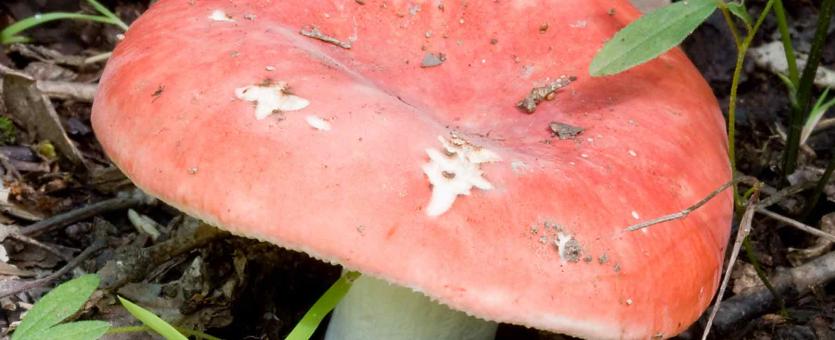
Uniformly red cap with off-white gills and stalk; its flesh and stalk are brittle. It grows singly or in groups, on moss and in mixed woods. July–October. Cap cushion-shaped, becoming convex, then becoming vase-shaped; with incurved margin; uniformly red; texture sticky, smooth; flesh is white and brittle. Gills broad; spacing close; white, becoming off-white; attached. Stalk: straight, enlarging a bit at the base; off-white; texture wrinkled; brittle. Spore print white. Spores magnified are elliptical to oval, ornamented.
Lookalikes: There are many, many russulas and many red russulas. It is often difficult to tell one from another. You can identify mushrooms in the genus Russula by their blocky shape and their brittleness. They will break apart in your hand like a piece of chalk. The stalk even looks like a piece of chalk.
Cap width: 1–4 inches; stalk length: 2–4 inches; stalk width: ¼–1 inch.
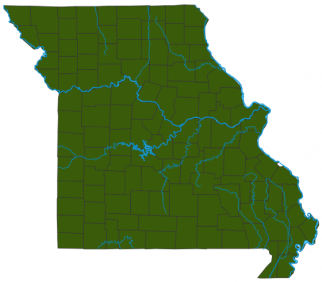
Statewide.
Habitat and Conservation
Grows singly or in groups, on moss and in mixed woods.
Status
Poisonous. The emetic russula is considered a poisonous mushroom because, as its name suggests, it will cause vomiting if eaten. The taste is very hot, spicy, and acrid, so it isn’t appealing, anyway. Also called the "sickener" and "vomiting russula."
Life Cycle
This species is mycorrhizal: It exists most of the time as a network of cells (mycelium) connected to tree roots, in a symbiotic relationship with the tree. (Many trees fare poorly without their fungal partners.) When ready to reproduce, the mycelium develops the mushroom—this is the reproductive structure. Spores are produced in the gills and are released to begin new mycelia elsewhere. The mycelium of a mushroom can live for decades.
Human Connections
Among mushroom hunters, it is easy to get caught up in mushrooms for eating. But keep in mind that inedible and even poisonous fungi have important roles in nature, and that they can possess a beauty in color and form that we can savor with our eyes.
Ecosystem Connections
This is one of many fungus species that help nourish forest trees through symbiosis. The netlike fibers of the fungus cover the surface of a tree’s roots, increasing the surface area and the roots’ ability to absorb water and nutrients. In return, the tree shares nutrients with the fungus.
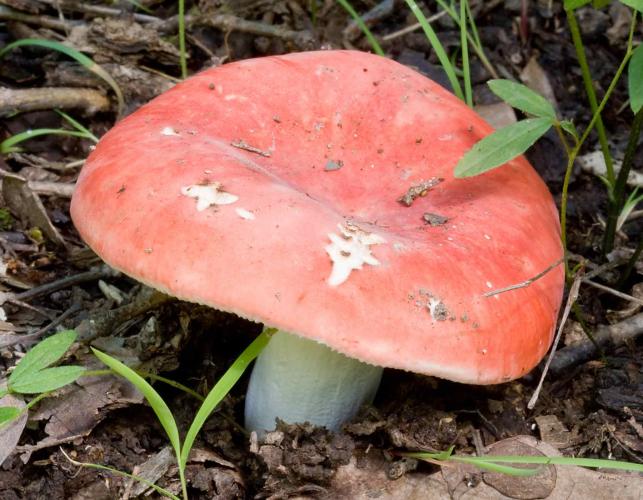
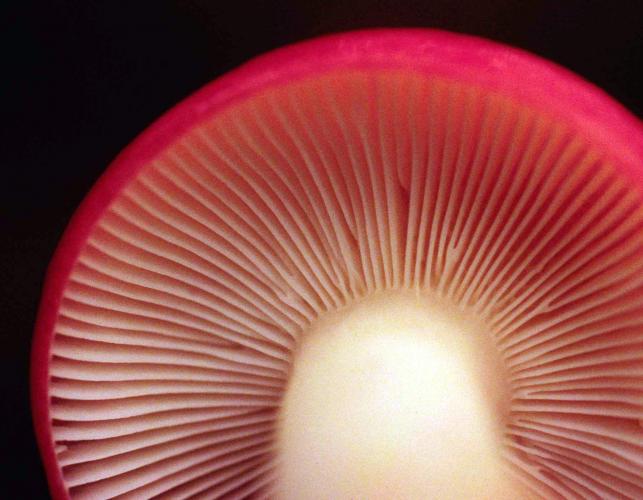
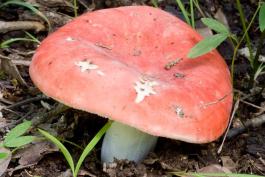
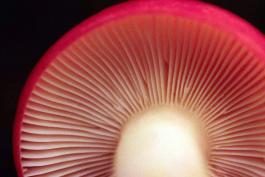
Mushrooms are a lot like plants, but they lack chlorophyll and have to take nutrients from other materials. Mushrooms are neither plants nor animals. They are in a different kingdom — the fungi. Fungi include the familiar mushroom-forming species, plus the yeasts, molds, smuts, and rusts.
Always be cautious when eating edible mushrooms. Be absolutely sure of the ID, and only eat a small amount the first time you try it to avoid a reaction..





















